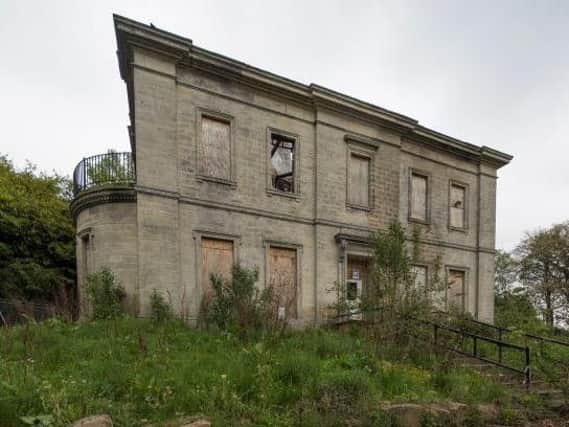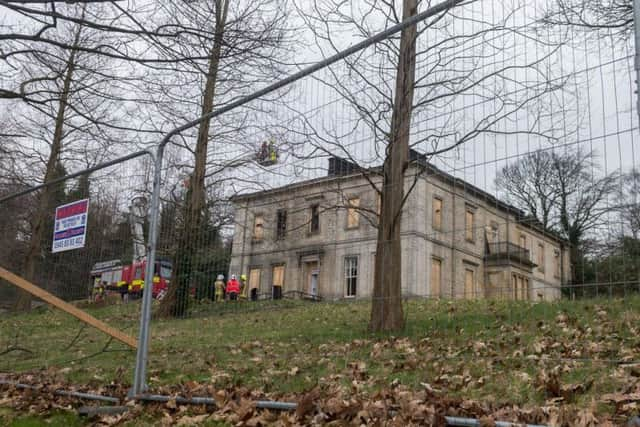Former Leeds boys school on national 'buildings at risk' list


Former boys school and remand home Cliff House, in Lower Wortley, which has been badly damaged by arson attacks over the years, has been named.
The grade II listed dilapidated mansion house, at Fawcett Lane, is highlighted as one of the city's most forgotten buildings.


Advertisement
Hide AdAdvertisement
Hide AdIt is 30 years since SAVE Britain’s Heritage began publishing national buildings at risk catalogues. The 2019-20 register is titled "Don't Leave Me This Way."
Liz Fuller, SAVE’s Building at Risk Officer said: “Without a clear and determined focus, we stand to lose many buildings that tell the story of Britain and give places their distinctive character.
"For 30 years, we have been highlighting just what is at stake if a conscious national effort is not made to prevent neglect and actively to incentivise the repurposing of Britain’s disused historic buildings."
The former school was built in 1846 in a restrained classical style by Joseph Cliff, a prominent local business man.
Advertisement
Hide AdAdvertisement
Hide AdIt stands in large grounds and is boarded up and is thought to be one of around 18 building at risk in the west Leeds area.
Now the house is on Leeds City Council’s at risk register and is in need of a new use to bring it back to life.
Cliff House dates from 1846 and is noted for its staircase and mosaic floor, where it is said a famous racehorse is buried.
Between 1966 and when it closed in August 1998, the building was known as Newcliffe House School, a community special school.
Advertisement
Hide AdAdvertisement
Hide AdThe list highlights neglected buildings which are standing empty all around the country and features more than 100 forgotten buildings.
Nationally, these buildings represent both a significant unused resource and a rich repository of our history.
Painter Gerard Stamp, who supports the work of the SAVE campaign, added: “Too often people appreciate the beauty and environmental importance of a building only after it has gone, but at the same time are blind to the potential value of a disused building and only see decay, broken glass, damp and ruin.
"By painting just a few of the hundreds of wonderful but vulnerable buildings on the SAVE register I want to help reveal their beauty and potential, to do all I can to help save them for future generations to cherish.”